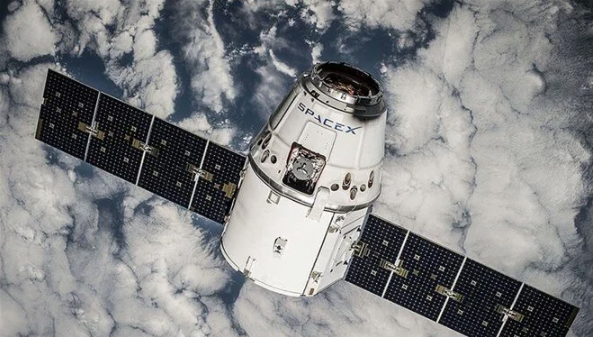The rover’s samples will be examined on Earth in the following ten years, but they already offer intriguing suggestions.
For more over a year, NASA’s Perseverance has been working on the Jezero Crater bottom, gathering samples and examining the topography. Some samples have been kept in specialized containers to be returned to Earth in the upcoming decade, but scientists have already been able to draw some fascinating conclusions about the rocks, with implications for the history of Mars and its potential to support life.
- The Identity of one of the Bodies Recovered from Lake Mead Has Been Revealed
- A Man Tests Positive with HIV, COVID-19, and Monkeypox in a World First
These initial findings have been reported by researchers in the journals Science and Science Advances (here and here) (here and here). The first publication focuses on the Sétah formation’s composition, one of Perseverance’s earliest attractive targets. It is composed primarily of igneous rocks, olivine, which indicates that they were created by the slow cooling of a thick sheet of lava.
The second paper, which concentrated on radar detection up to 15 meters (49 feet) below the surface, supports this theory. The first three kilometers (1.86 miles) of the journey’s scan reveal a stratified structure beneath the crater floor. The observations are in line with igneous layers that have been affected throughout time by water.
Together with Ingenuity, the Mars helicopter that has recently completed its 30th mission, Perseverance will keep doing its analysis and sample collection.





